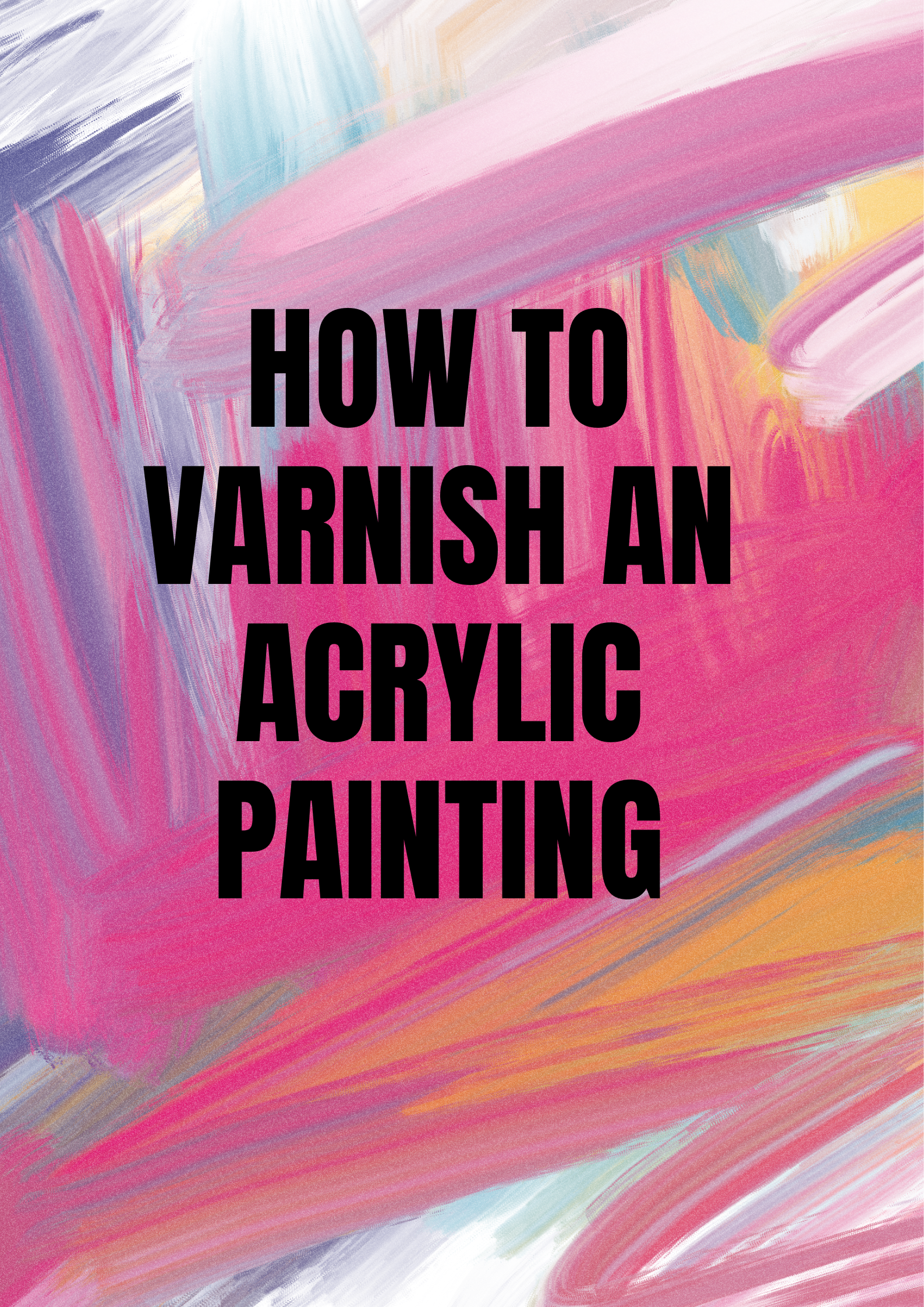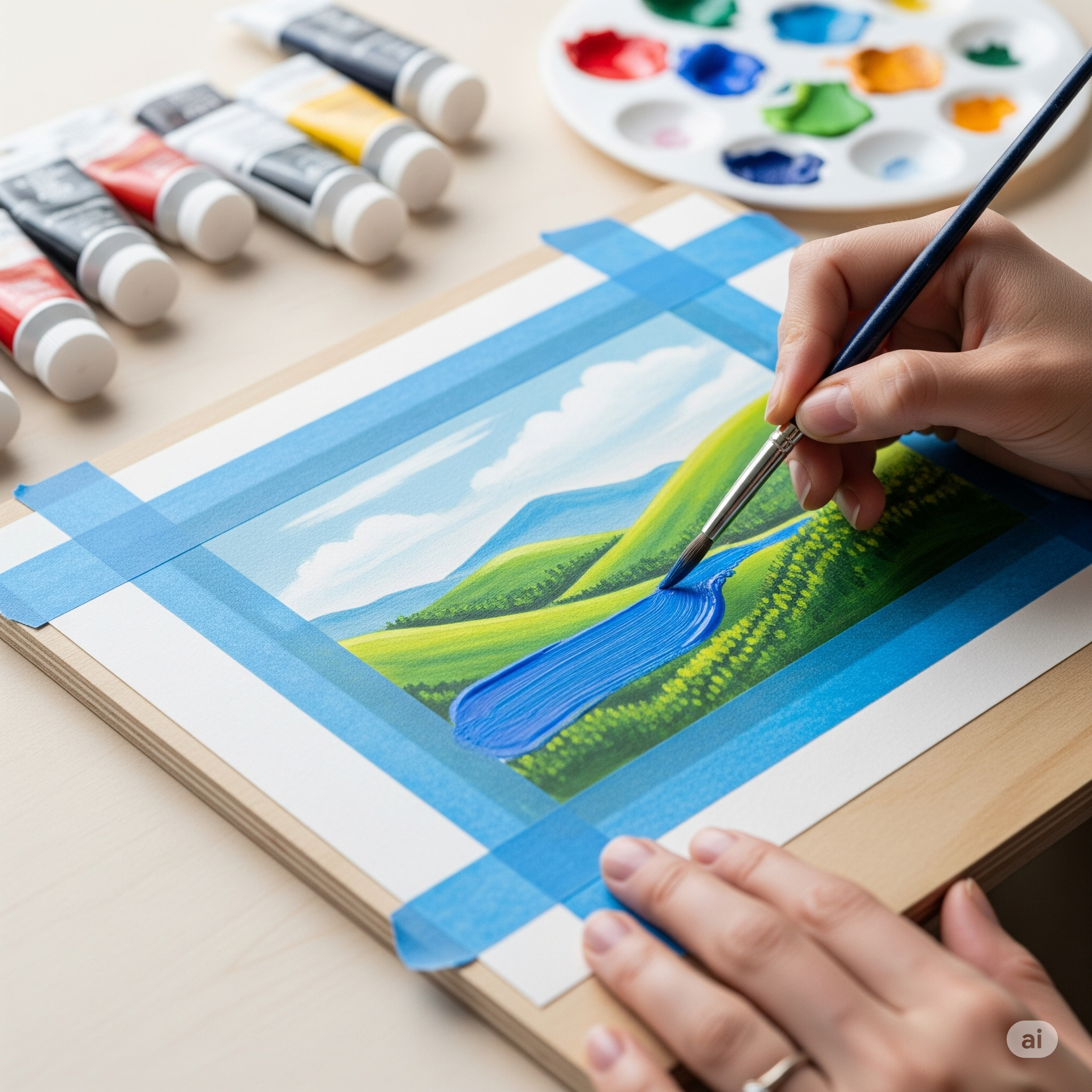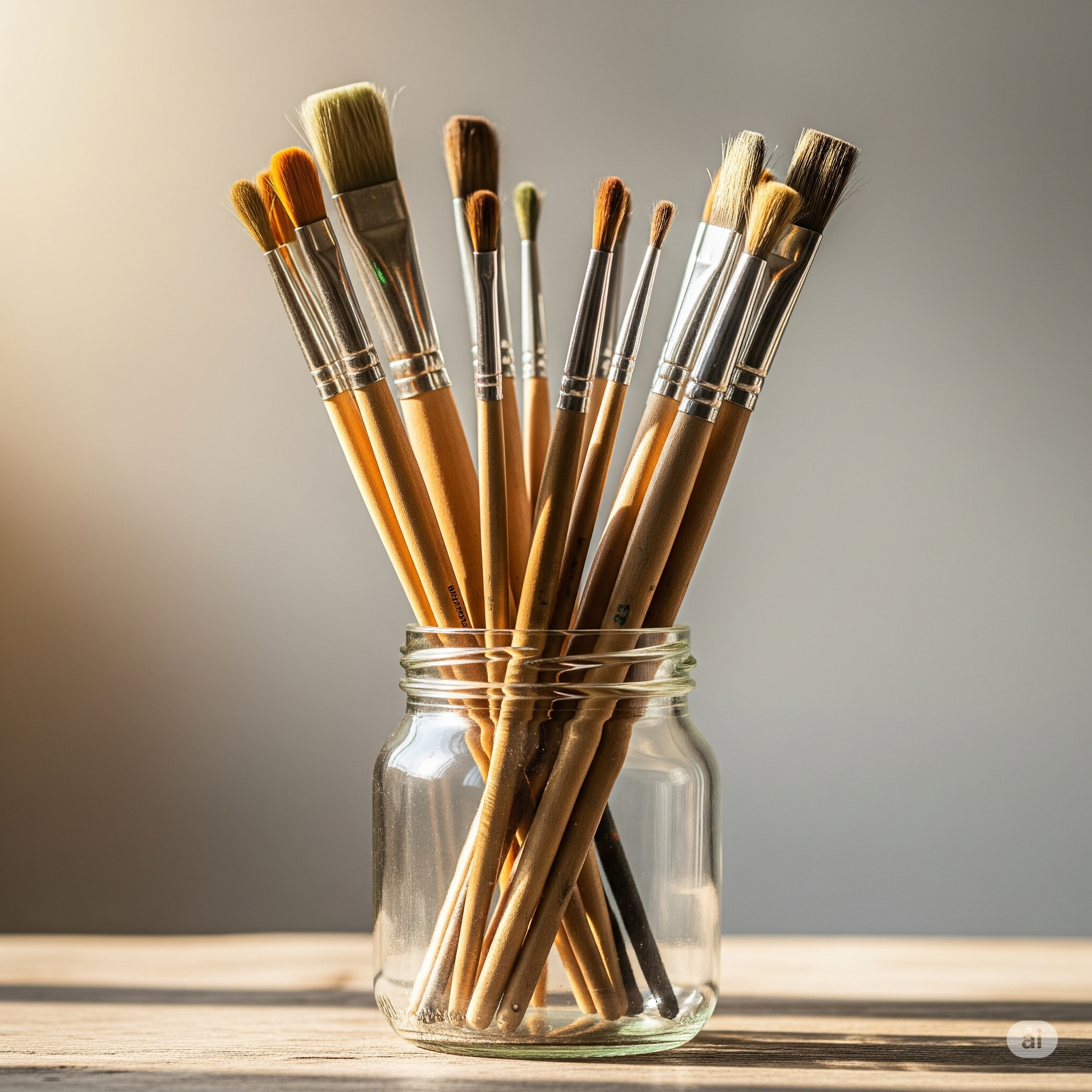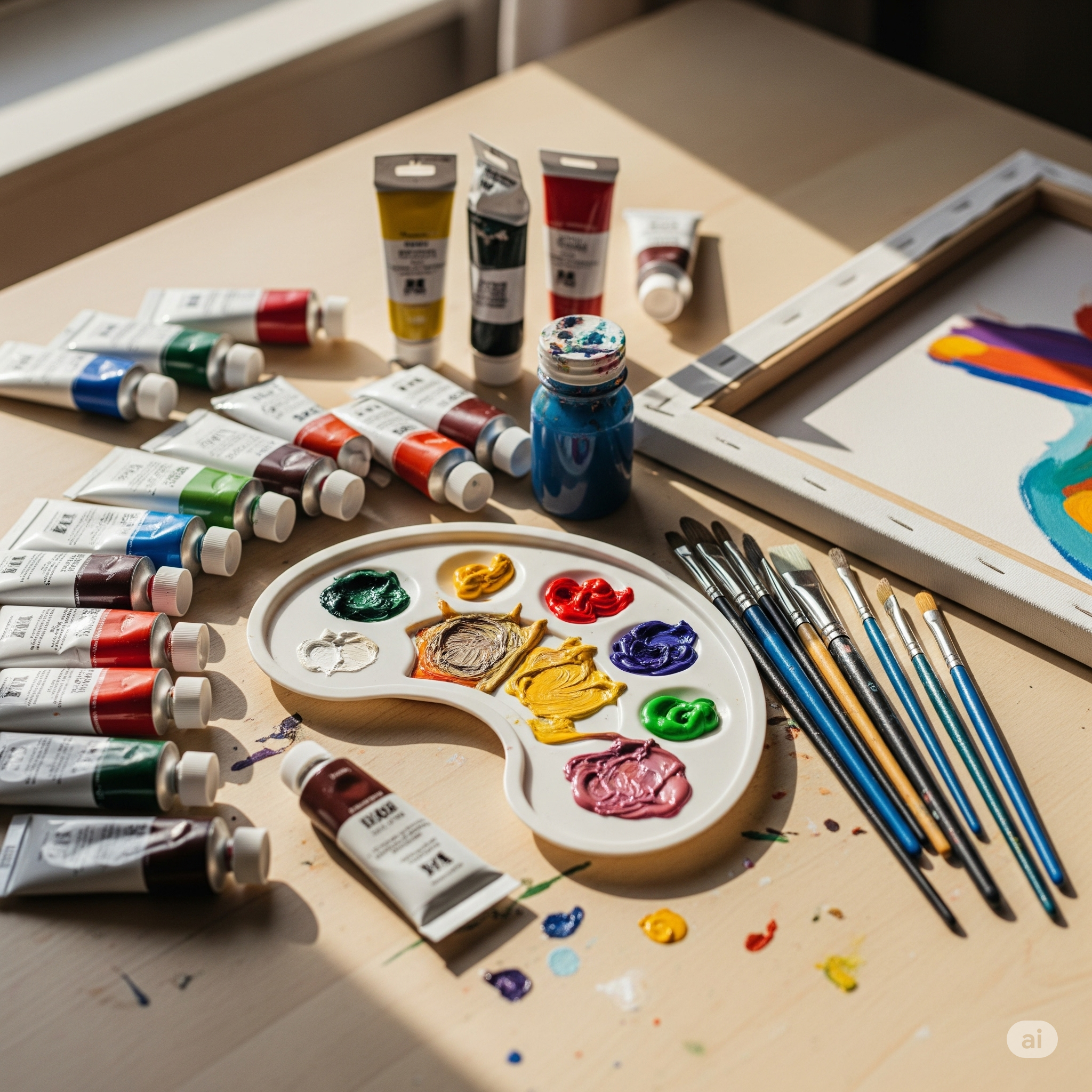
Varnishing an acrylic painting is the final step that can make a world of difference in your artwork’s appearance and longevity. It not only enhances the colors, giving them extra vibrancy, but also protects your piece from dust, dirt, and UV damage. Whether you want a matte, satin, gloss, or high gloss finish, applying varnish correctly will ensure your painting remains beautiful for years to come.
In this guide, you’ll learn two main varnishing techniques: spray varnish and brush varnish — along with tips for perfect results.
Why Varnish Your Acrylic Paintings?
- Protects colors from fading
- Adds a professional finish (from subtle matte to glass-like gloss)
- Makes cleaning easier
- Creates a barrier against dust, dirt, and moisture
1. Choosing Your Finish
Varnishes come in different finishes. The finish you choose will affect the final look:
- Matte – No shine, reduces glare.
- Satin – Slight sheen, balanced look.
- Gloss – Bright and reflective.
- High Gloss – Maximum shine and color depth
2. Materials You’ll Need
For Spray Varnish:
- Spray varnish (acrylic-compatible)
- Respirator mask
- Apron and gloves
- Plastic sheeting, trash bags, or paper to protect surfaces
For Brush Varnish:
- Liquid varnish
- Large, flat, dry paintbrush
- Clean glass jar or cup
- Respirator mask
- Apron and gloves
3. Spray Varnishing Method
- Work in a well-ventilated area – Outdoors is best. Always wear a respirator mask.
- Prepare your surface – Lay down plastic sheeting or paper.
- Test the spray – Spray a few short bursts away from your painting to check for clogs.
- Spray evenly – Hold the can 12–18 inches away. Use side-to-side motions and light coats.
- Layer lightly – Multiple thin coats are better than one heavy coat. Allow each coat to dry before applying the next (check your varnish label for drying time).
4. Brush Varnishing Method
- Prepare your varnish – Pour varnish into a clean glass jar slowly to avoid bubbles.
- Eliminate bubbles – Use your brush to move any bubbles to the side of the jar.
- Apply in even strokes – Use gentle, side-to-side motions. Avoid over-brushing, which can cause streaks.
- Check for imperfections – Remove stray bristles or bubbles immediately before the varnish dries.
- Let dry completely – Refer to the product label for exact drying times
5. Important Tips
- Only varnish completely dried and cured paintings.
- Do not paint over varnish — it can cause long-term issues with adhesion.
- Allow varnish to fully cure before storing; otherwise, it may stick to surfaces and cause damage.
- Always follow the manufacturer’s instructions for your specific varnish.
Conclusion
Varnishing your acrylic paintings is more than just a finishing touch — it’s an investment in preserving your art. Whether you choose the convenience of spray varnish or the control of a brush, the right application will give your paintings a lasting, professional look. Take the time to do it properly, and your artwork will keep its beauty for decades
💡 Pro Artist Tip: If you store your varnished paintings, keep them upright and separated with non-stick paper (like glassine) to prevent sticking.




